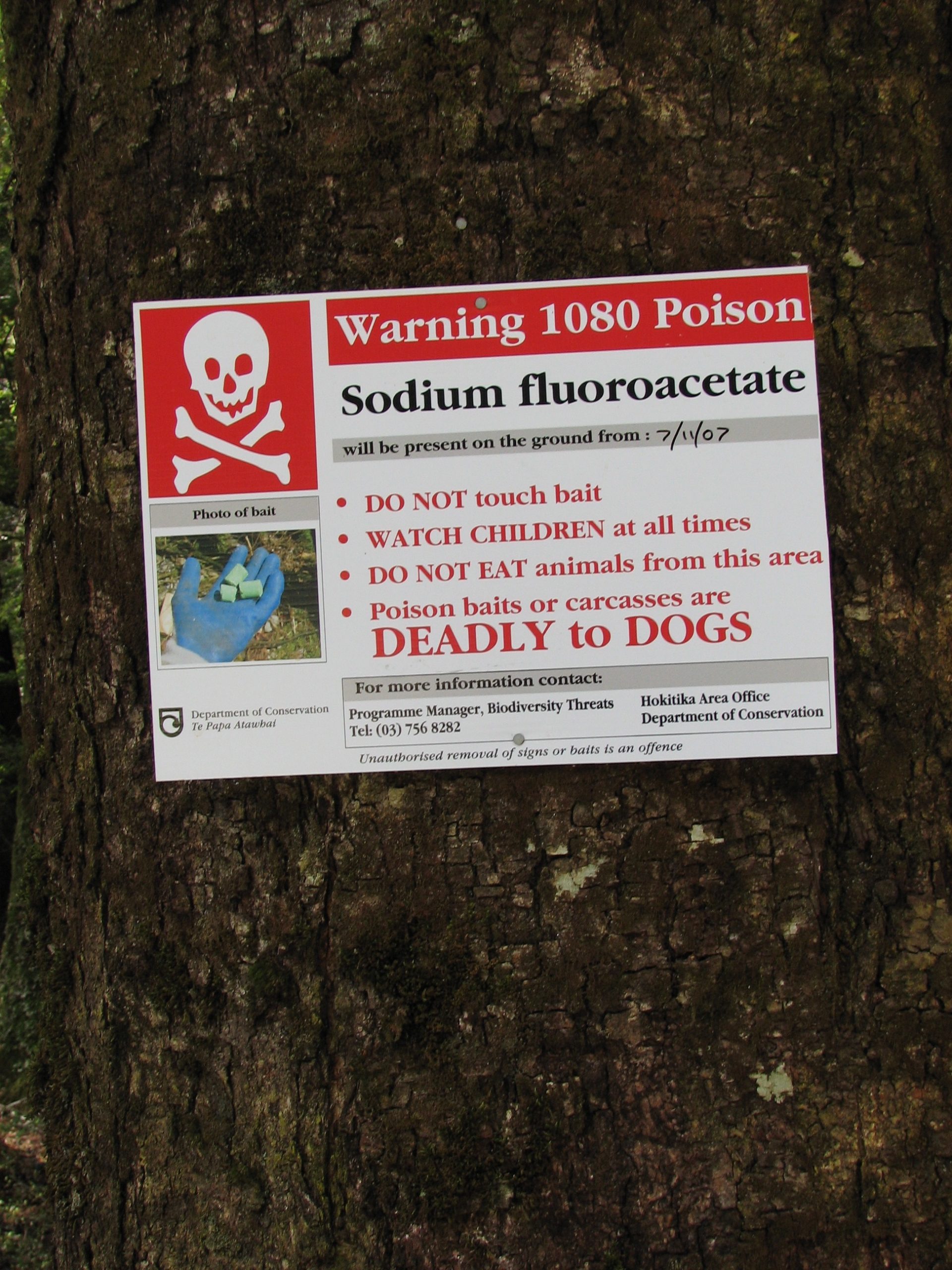A recreational hunting forum has criticised the Department of Conservation’s aerial drops of 1080 poison in the public’s national parks such as Fiordland and Nelson Lakes. Laurie Collins of Westport spokesman for the Sporting Hunters Outdoor Trust, described the drops as “irresponsible, tantamount to environmental vandalism of public lands and misuse of public funds”.
A public advertisement (August 19) showed Vector Free Marlborough and the Department of Conservation is dropping 1080 poison over 30,000 hectares of the Travers Valley in Nelson Lakes National Park. The advertisement dated August 19 said the poison drop would begin “anytime after 10 August” – nine days previously. “Such is DOC’s disinterest in the public viewpoint, despite public money funding the poison drop,” he said. “Does DOC not want public debate for a publicly funded poison drop on public land?”
Laurie Collins said as a former Marlborough resident, he knew the “beautiful Travers Valley” well.
Flawed
He said DOC erroneously justified the drop by citing a beech tree mast year in 2018.
“This is so flawed. Beech mast years have occurred over millions of years. Rats have been in NZ for 200 years. Mast years have induced wildlife increases whether it be birds, rats or whatever. Cyclic rises and falls are natural. 1080 was originally developed as an insecticide and kills indiscriminately. Invertebrates are vital in the food chain. 1080 kills anything that breathes oxygen, whether it be insects, birds, deer etc., The toxin kills slowly even over 48 hours and is thus cruel.”
Rat Boom
Several studies, showed rats spectacularly increased after 1080 killed about 80% of their numbers. Rats are prolific breeders, a female even two months of age, bearing four litters of 8-10 annually. Scientific studies showed after 1080, the 20% rat survivors rapidly increased and within four years are 3-4 times original numbers. Stoats gorging on their increased prey of rats, greatly increased too.
“Thereby DOC has ignorantly caused rat and stoat population explosions. The food chain’s equilibrium will be severely disrupted,” said Laurie Collins. “And plus the poison will kill numerous birds and deer,”


it will also harm non pests creatures